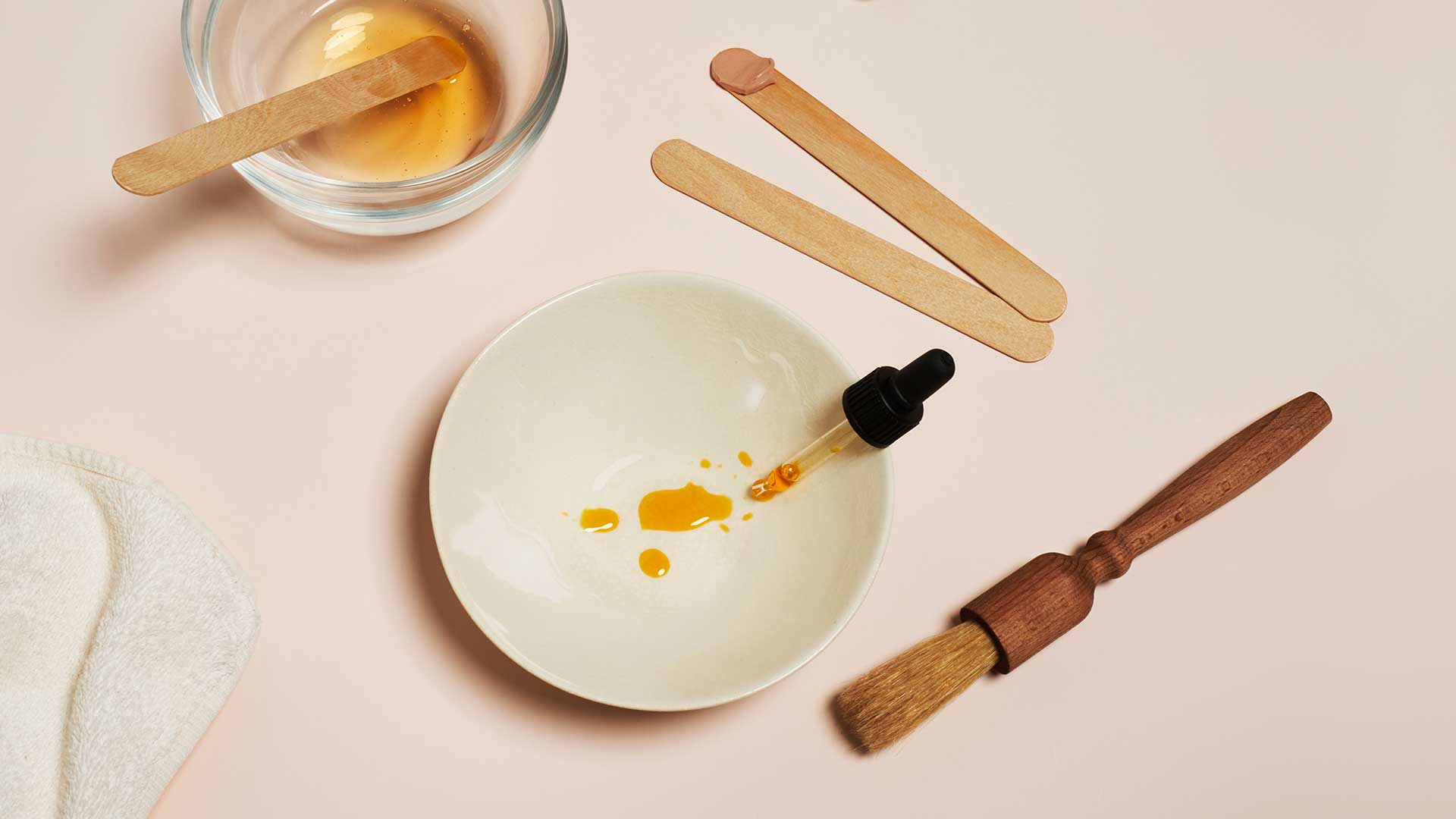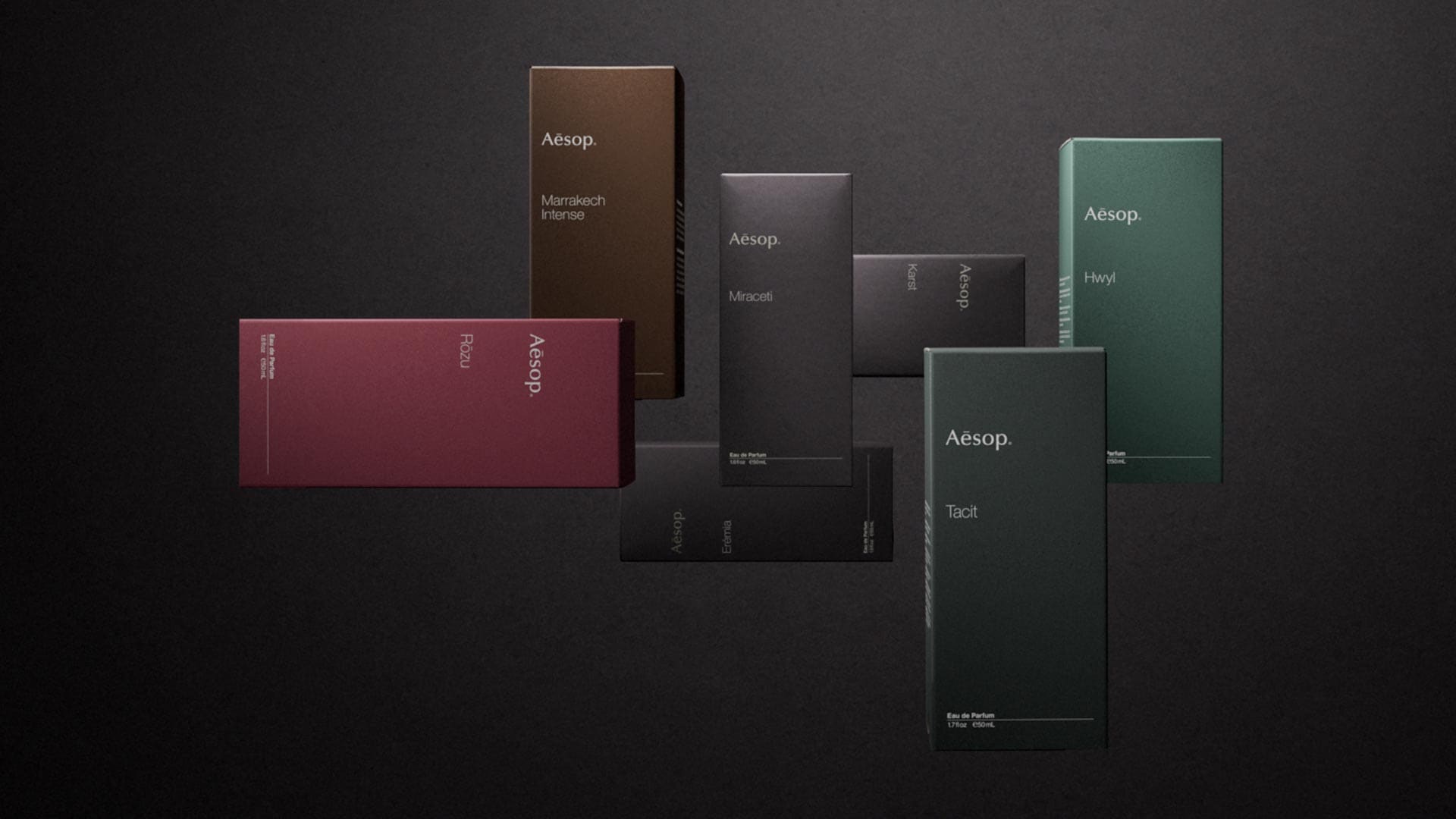A little background knowledge of the science of your skin can help you to understand its behaviour—to be attuned to changes, and to restore balance as needed. And if, in high school, you skipped biology in favour of history (or a cigarette behind the bike shed) fear not: we’ve stripped out the superfluous information and kept it strictly skin care-related. This article takes a closer look at the key structures of our body’s largest organ, their roles and processes.
The anatomy and physiology of the skin


The layers of the skin
Your skin is composed of three primary layers. The hypodermis, also known as the subcutaneous tissue, is the deepest of these sections—a layer of fatty tissue that serves to insulate the body against extreme temperatures, and to store energy. (In fact, subcutaneous tissue contains half of all body fat.) This layer also contains loose connective tissue which helps it attach to underlying muscle and bone. The middle layer is known as the dermis, and is mostly made up of dense connective tissue which provides structure. It also contains sebaceous glands, sweat glands, hair follicles, nerves and blood vessels. The dermis contains a protein called collagen, which helps to give skin its flexibility and resilience. The epidermis is the outer layer of the skin, and the thinnest of the three. In addition to regulating transepidermal water loss—explained in greater detail below—its role as a barrier helps to shield the body from heat and cold, ultraviolet radiation, pollution and pathogenic microorganisms that could cause disease or infection.

The epidermis: a closer look
Most skin care products are formulated to address the needs of the epidermis, which may be further broken down into a number of layers. We’ll focus chiefly on the stratum corneum and the hydrolipidic film.
The stratum corneum
Forming the primary barrier to the skin, the stratum corneum is composed of corneocytes (flat, dead cells made largely of the protein keratin) set into a lipid matrix. The image of a brick wall helps to visualise its structure: picture the corneocytes as bricks and the lipids as mortar. This arrangement lends the stratum corneum its impressive barrier properties. Cells formed in the innermost layers of the epidermis travel upwards—or outwards—until they reach the stratum corneum. Here, the dead cells are shed or sloughed off in a process known as desquamation.
The hydrolipidic film
Composed of water, sweat and lipid-rich sebum, the hydrolipidic film acts as an external barrier. Though invisible to the naked eye, it covers the entire surface of the skin—a sort of insurance policy for the stratum corneum, protecting it against bacteria and exogenous substances. It also serves to maintain skin’s suppleness by keeping moisture in. The hydrolipidic film can be affected by the biological ageing process, or by ‘over-cleansing’; conversely, keeping this layer in healthy condition helps to reduce transepidermal water loss—and improve the skin’s overall hydration levels.

Transepidermal water loss
Our skin is composed of more than 70 per cent water—a figure that suggests ample hydration. However, the body continually loses moisture via transepidermal water loss, or TEWL, which describes the evaporation of water from the skin’s surface. This is a process naturally regulated by the body; however, it may be affected by environmental and biological factors, skin care habits and nutrition, which helps to explain why skin dryness and dehydration are such common concerns.
Preventing moisture loss
Low-humidity environments or excessive cleansing can lead to dry, flaky, patchy or dull skin; or uncomfortable sensations of tightness or itching. Where these characteristics are the result of dehydration, we advocate a double-pronged approach. Formulations rich in humectant ingredients (which draw water to the skin’s surface) and emollient ingredients (which support barrier function, in turn helping to prevent moisture loss) can assist in softening skin and restoring hydration. A generous daily water intake will complement this topical approach. Finally, a diet rich in Omega-3 fatty acids is recommended to replenish moisture from the inside out—look to foods such as avocados, nuts, flaxseed and fatty fish like mackerel, salmon and herring.


